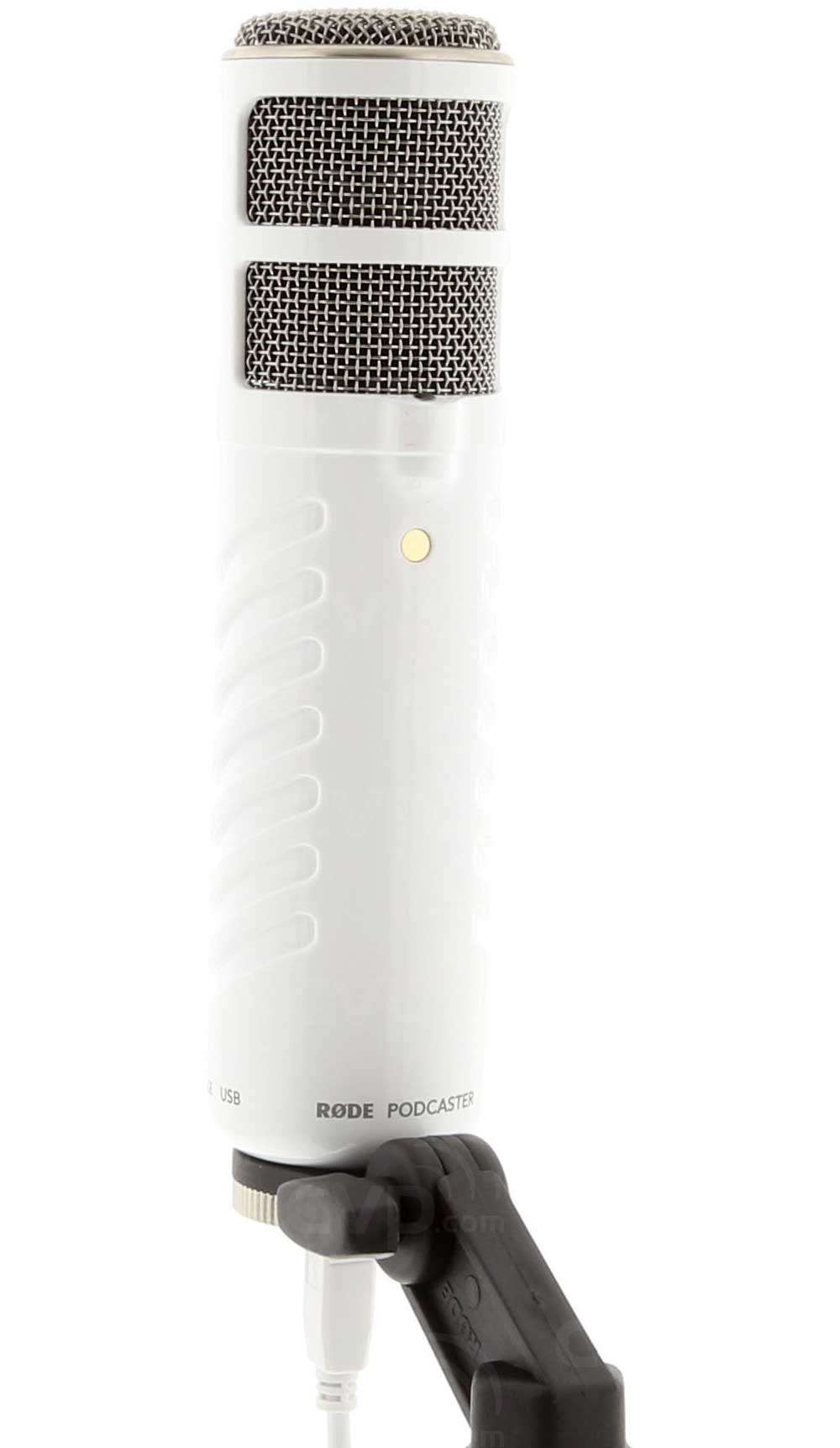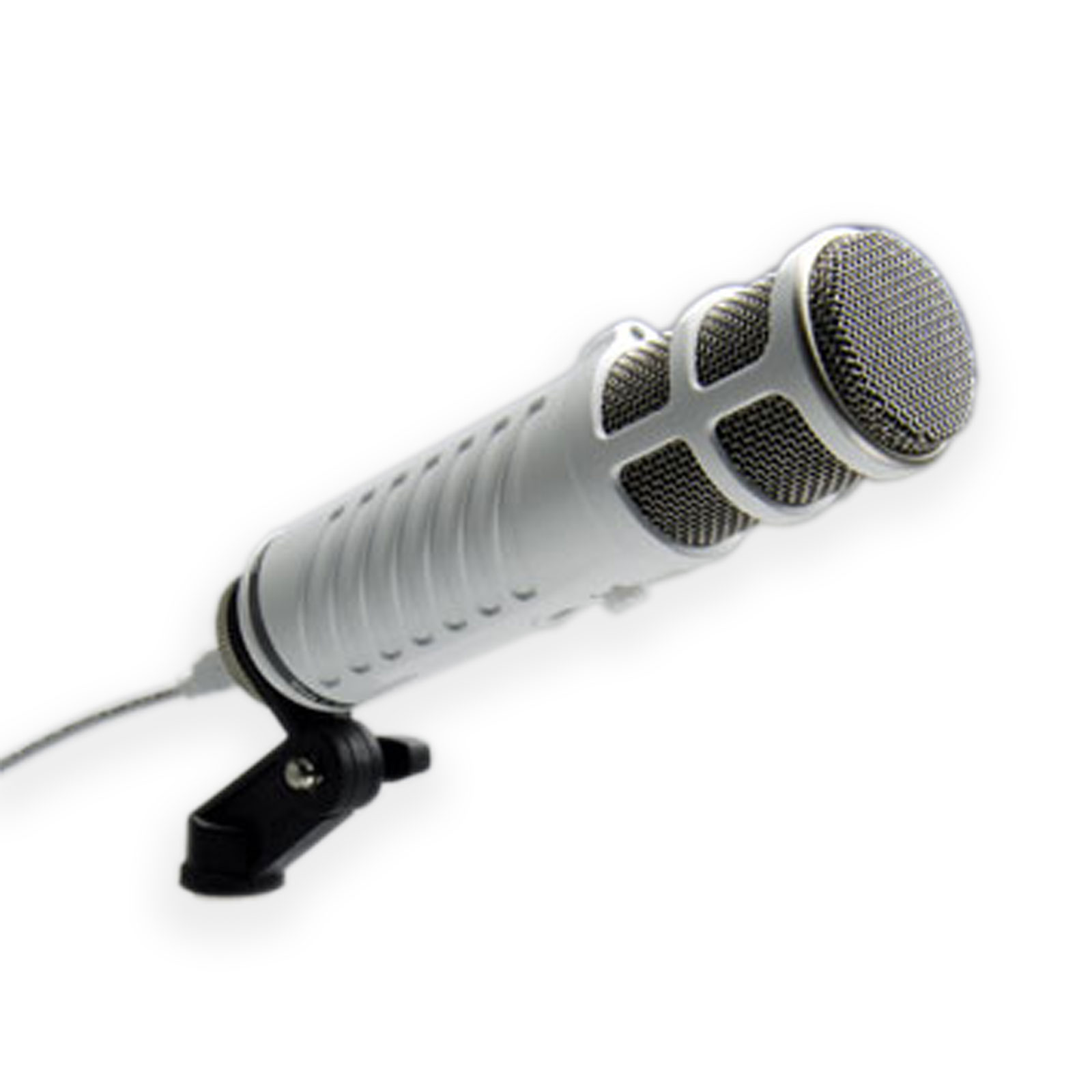

- #Rode podcaster kit how to#
- #Rode podcaster kit pro#
- #Rode podcaster kit Pc#
- #Rode podcaster kit series#
As a USB microphone, it connects directly to a USB port on your Mac or PC – or even an iPad using the optional camera connector kit and a powered hub – thereby bypassing or eliminating the need for an audio interface. The Rode Podcaster is a broadcast-quality USB microphone designed for recording spoken vocals from podcasts to voiceovers. Alternatively get yourself a copy of my In Camera book or treat me to a coffee! Thanks! Buy it now! Check prices on the Rode Podcaster at Amazon, B&H or Adorama.


if you've always dreamed of a studio style microphone mounted on an arm for spoken work, then the Podcaster is the one for you. If you're after a more transparent - not to mention more sensitive - USB microphone that's ideal for musical instruments as well as voice, consider Rode's own NT USB, but note it will also be more sensitive to ambient sounds so is best-used in quieter environments.

The cylindrical shell is well built and includes a headphone jack for monitoring audio, and the mic itself can be mounted on a stand, tripod or an articulated arm. The physical and audio design encourages use at close range to deliver a classic radio sound that's flattering for spoken content, while the USB interface means you can be recording studio-quality audio onto a computer or laptop with a stand and a single cable it'll also work with iPads with the optional camera connector kit and a powered USB hub. Happy podcasting.Summary The Rode Podcaster is a high quality USB microphone optimised for spoken vocals and ideally suited for podcasts and voiceovers. That’s it! With a decent recording space, the right equipment, and a solid understanding of the basic elements of recording, starting a podcast is simple.
#Rode podcaster kit how to#
Below we take a look at how to do this during post-production in a DAW or on-the-fly with the RØDECaster Pro. Adding music, sound effects, pre-recorded interviews or phone calls will give your podcast an extra dimension and make it more engaging for your listeners. Ok, now you’ve mastered the basics, it’s time to look at getting a little more experimental.
#Rode podcaster kit pro#
Below we’ll take a look at the different options and how the RØDECaster Pro is the ideal all-in-one podcasting solution. How you approach recording will depend on what kind podcast yours is, where you record, how many guests you have, and what kind of features you need from your recording device. Now you’re ready to record your podcast! This is where things become somewhat more complicated. Below we take a look at some of the key things you’ll want to consider, including microphone placement and managing plosives. Now that you’ve chosen your recording space and microphones, you’ll want to practice using the correct technique to get the cleanest, clearest recording possible. Below, we look at what will affect your choice in more depth. If your podcast features multiple presenters, or you regularly have guests on your show, using an XLR microphone with a multi-channel recorder such as the RØDECaster Pro is the way to go. USB microphones, such as the NT-USB Mini or Podcaster, are ideal if your podcast features just one presenter (you). You will also need to consider what type of connection your microphone features – USB or XLR. Below we take a look at why you may choose one over the other. Both are suitable for the job though they have different technical characteristics that may affect your choice, such as sensitivity, extraneous noise rejection, and tonality. There are two types of microphones commonly used for podcasting – dynamic and condenser. Below we take a look at some different ways to get the best results at home.Ĭhoosing the Right Mic: Dynamic or Condenser Of course, not all of us have a professional-grade studio to work in, and that’s fine. Ideally you want a space that dampens these reflections and is nice and quiet. And extraneous noise can be very distracting for the listener. A room with lots of reflective surfaces, such as tiles or concrete, will give your podcasts an unpleasant echo and a build-up of problem frequencies. Your environment will have a huge impact on the quality of your audio.
#Rode podcaster kit series#
In the video series below, we’re going to take you through the basics of starting a podcast using the RØDECaster Pro and other RØDE podcasting mics and audio devices, like the NT-USB Mini.īefore you start your podcast, you’ll need to consider where you’ll be recording. These range from finding a space suitable for recording, to choosing a mic, to understanding how you can use different recording devices and techniques.ĭon’t be daunted! Learning these things is all part of the fun, and once you wrap your head around these fundamental elements, you’ll be podcasting like a pro in no time. If you’re looking to start a podcast but don’t have a whole lot of audio production experience, there are a number of things you’ll need to take into consideration before diving in. A Guide to Starting a Podcast: The Basics


 0 kommentar(er)
0 kommentar(er)
